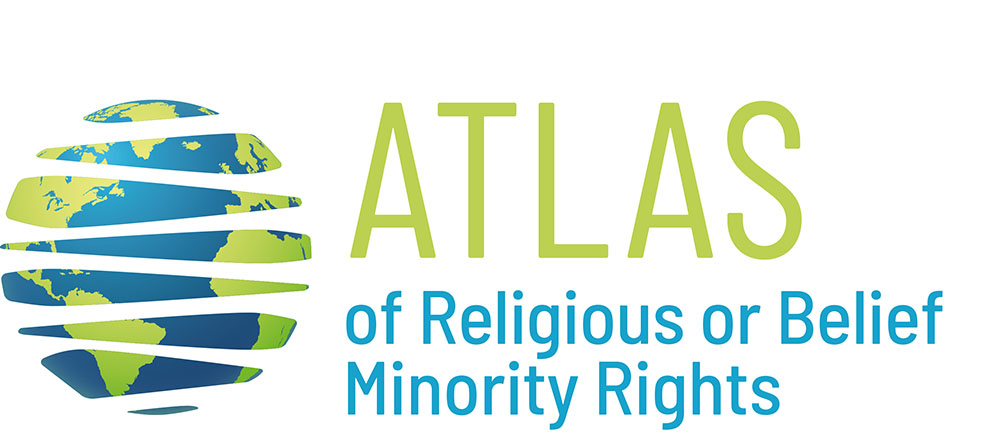The Muslim presence in Europe dates back to the 8th century, when much of Spain fell under Arab rule. Expelled from Spain in the 15th century, Muslims continued to be present in the Balkan Peninsula, which was part of the Ottoman Empire since the 14th century. After its dissolution, a significant number of Muslim communities remained in Albania, Kosovo, Bosnia-Herzegovina, Bulgaria and Thrace. Other communities had long since settled in the Baltic States following Tatar immigration in the late 19th century.
In addition to these historical settlements, the Muslim presence in Europe increased as a result of the migratory flows in the second half of the last century. After the Second World War, important Muslim groups settled first in the United Kingdom and France, which had long established relations with predominantly Muslim countries in the context of their colonial expansion. Then Muslims settled in Germany, where the presence of immigrants from Turkey is particularly strong, and later in other countries.
This rapid increase in the number of Muslims living in Europe has created some tensions. On the one hand, many immigrants from Muslim countries have had to come to terms with customs, lifestyles, beliefs and values that are significantly different from their own, adding to the ensuing problems of adaptation; on the other hand, some sections of the European population have perceived Muslim immigration as a kind of “invasion” that jeopardizes, among other things, Europe's Christian tradition. These difficulties of coexistence emerged in particular around the question of the Islamic scarf - considered by a segment of European public opinion as a symbol of submission and discrimination against women - as well as the building of mosques, regarded in some countries as places of religious radicalization. The wars that followed the dissolution of Yugoslavia - and the massacres that also affected the Muslim population - as well as the terrorist attacks following 9/11, frequently carried out in the name of Islam, have further aggravated the situation.
Some European countries - Austria and Spain, for example - have succeeded to some extent in integrating the Muslim communities into their legal systems; others, such as Italy, are still in the process of granting these communities a proper legal status. These differences mean that in some countries it is possible to teach the Muslim religion in state schools, open mosques and prayer halls without too many problems, and have access to state funding; while in others these rights, which are available to other religious minorities, are not granted to Muslim groups.
Obstacles to a full integration of Muslim communities are sometimes attributed to their fragmentation, as they are divided not only along doctrinal lines (the separation between Sunnis and Shiites is one example) but also on the basis of their national origin and for other reasons. This fragmentation (no greater than that of Christian communities) has made it difficult for state authorities to find interlocutors who can speak on behalf of the entire Muslim community of a country and, at the same time, has revealed the limits of the European model of inclusion of non-Christian RBMs.
Silvio Ferrari
RESOURCES

The following sites provide data and information about the Muslim communities in the EU countries together with the indication of studies and researches about Islam in Europe:
https://www.oxfordreference.com
The legal provisions governing the Muslim communities in the EU countries are collected, along with extensive introductions, in Nielsen, J. S., Ferrari, S., Foblets, M. C., Nalborczyk, A., Rohe, M., & Prakash, S. (eds.). (2014-2021). Annotated Legal Documents on Islam in Europe. Leiden-Boston: Brill, Volumes 1-23
Analysis of the legal and political status of the Muslim communities in 46 European countries are provided by Račius, E., Müssig, S., Akgönül, S., Alibašić, A., Nielsen, J. S., & Scharbrodt, O. (eds.). (2009-2022). Yearbook of Muslims in Europe. Leiden-Boston: Brill, Volumes 1-14
INTERACTIVE INFOGRAPHICS
0 respect of international standards
-1 restriction of rights
-1 high gap between religious majority and minorities
0 respect of international standards
-1 restriction of rights
-1 high gap between religious majority and minorities

 MENU
MENU CLOSE
CLOSE

